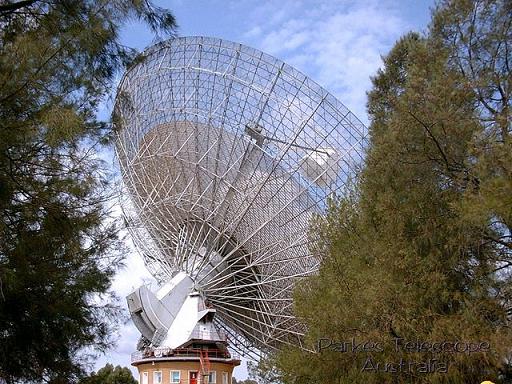Listen to the first gravitational wave officially detected on Earth
VIDEO 2:55: In 1916, Albert Einstein first predicted the existence of gravitational waves. According to Einstein, objects with mass would warp “the fabric” of space/time.
On 2/11/16, the first ever detection of gravitational waves from outer space, an event which had occurred on 9/14/15, was reported by the observatory scientists who had envisioned and witnessed the event. Those scientists, associated with the Advanced LIGO (Laser Interferometer Gravitational-Wave Observatory) team, have likened the event of detecting gravitational waves to the moment Galileo first turned his telescope towards the sky.
This video, “Journey of a Gravitational Wave,” lets us listen to the first recorded gravitational wave, and the shows us a visual representation of how the wave was generated.
The New York Times reported the event:
About a hundred years ago, Einstein predicted the existence of gravitational waves, but until now, they were undetectable. By DENNIS OVERBYE, JONATHAN CORUM and JASON DRAKEFORD on Publish Date February 11, 2016.
A team of scientists announced on Thursday that they had heard and recorded the sound of two black holes colliding a billion light-years away, a fleeting chirp that fulfilled the last prediction of Einstein’s general theory of relativity.
That faint rising tone, physicists say, is the first direct evidence of gravitational waves, the ripples in the fabric of space-time that Einstein predicted a century ago. (Listen to it here.) It completes his vision of a universe in which space and time are interwoven and dynamic, able to stretch, shrink and jiggle. And it is a ringing confirmation of the nature of black holes, the bottomless gravitational pits from which not even light can escape, which were the most foreboding (and unwelcome) part of his theory.
More generally, it means that a century of innovation, testing, questioning and plain hard work after Einstein imagined it on paper, scientists have finally tapped into the deepest register of physical reality, where the weirdest and wildest implications of Einstein’s universe become manifest.
Conveyed by these gravitational waves, power 50 times greater than the output of all the stars in the universe combined vibrated a pair of L-shaped antennas in Washington State and Louisiana known as LIGO on Sept. 14.
If replicated by future experiments, that simple chirp, which rose to the note of middle C before abruptly stopping, seems destined to take its place among the great sound bites of science, ranking with Alexander Graham Bell’s “Mr. Watson — come here” and Sputnik’s first beeps from orbit.
These chirps are gravitational waves converted to audible sounds. The faint thump matches the gravitational waves’ frequencies. The louder chirp is a higher frequency better suited to human ears.
“We are all over the moon and back,” said Gabriela González of Louisiana State University, a spokeswoman for the LIGO Scientific Collaboration, short for Laser Interferometer Gravitational-Wave Observatory. “Einstein would be very happy, I think.”
Members of the LIGO group, a worldwide team of scientists, along with scientists from a European team known as the Virgo Collaboration, published a report in Physical Review Letters on Thursday with more than 1,000 authors.
To read more, visit www.newyorktimes.com.
To see a video with further explanation of the science behind the discovery, visit the next page.

